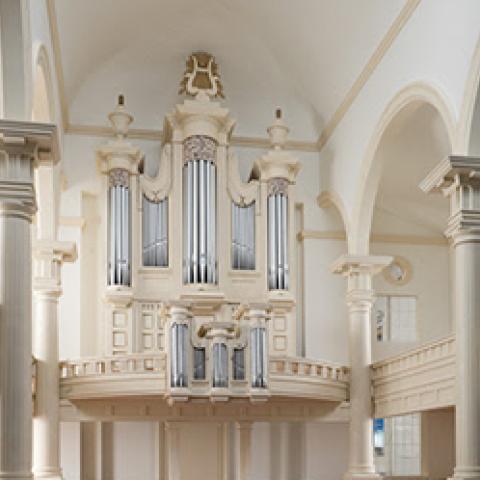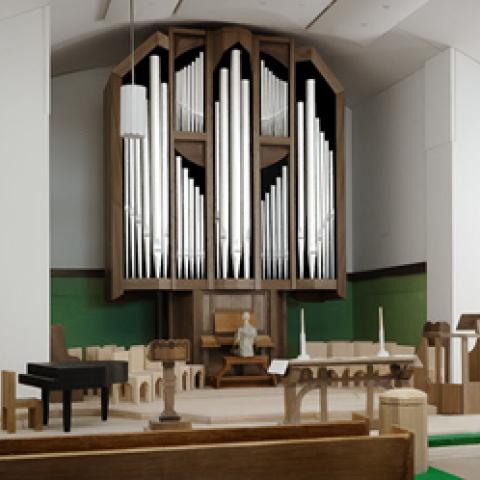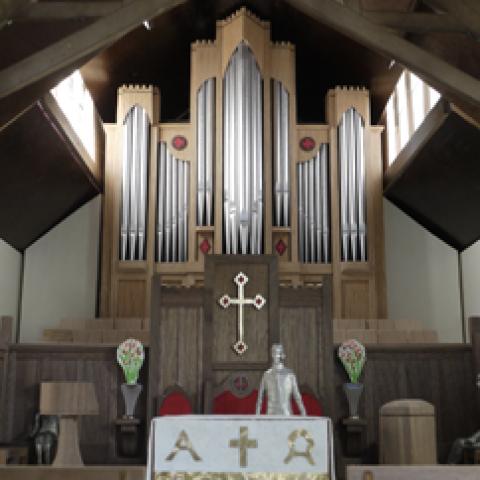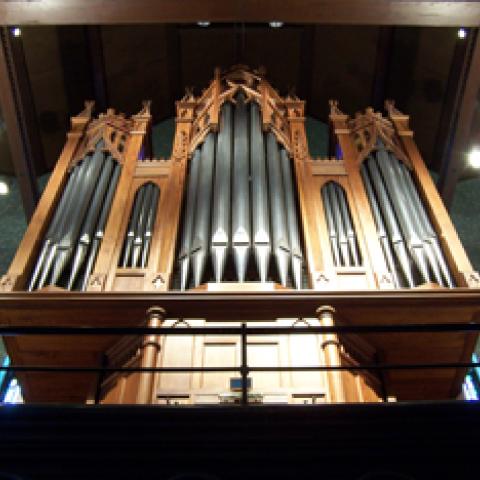
C. B. Fisk, Inc., of Gloucester, Massachusetts, hosted an open house on May 13 featuring two new pipe organs in their shop.
Opus 148, to be installed in Centennial Chapel of Christ Church Cathedral, Cincinnati, Ohio, consists of two manuals, 22 stops. Delivery is expected for fall 2017.
Opus 150, commissioned for Christ Church, Philadelphia, Pennsylvania, consists of three manuals, 49 stops.
For information: www.cbfisk.com.







